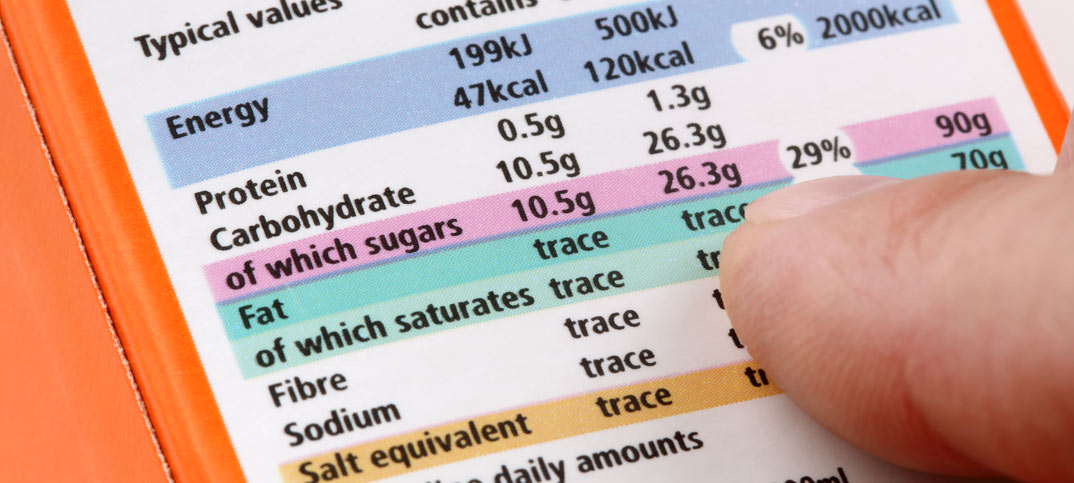 Effective in-store merchandising can be achieved by following some fairly basic guidelines, but the effect on sales and store appearance can be dramatic. Taking major brands, budget-friendly own labels or the latest product launches and placing them in optimum positions will ensure customers find them easily, or spot them even if they did not plan to make a purchase.
Effective in-store merchandising can be achieved by following some fairly basic guidelines, but the effect on sales and store appearance can be dramatic. Taking major brands, budget-friendly own labels or the latest product launches and placing them in optimum positions will ensure customers find them easily, or spot them even if they did not plan to make a purchase.
Dee Sedani has been training manager Sam Rye in his store in Etwall, Derbyshire for a year, and says strong merchandising is one area he has been concentrating on.
“I’m training my staff to walk through the shop as customers rather than as store managers,” he says. “Tesco Express is five miles away and the question is, how do I get their customers to choose to come here instead?”
Wrigley’s sales rep, Andy Wilson, is using today’s visit to lend a helping hand.
Top Tips
- Use your sales data to plan your merchandising and allocate space. Every product must earn its space
- Block similar products together to create the most eye-catching displays
- Be brave and bold with promotions and make use of every space
- Use shelf barkers and bright point-of-sale material wherever possible
1 Use your own, or manufacturers’ planograms
Sam says he wants to increase chewing gum and confectionery sales by remerchandising his display area at the counter, by moving gum out from under the counter and using that space to put in a range of three-for-£1 bagged confectionery on slats.
Andy has brought a new counter top unit to display chewing gum and sets it up, explaining the theory behind Wrigley’s planogram for the display.
“People want to know where chewing gum is, so it’s important to be able to see it. We’re putting in a metal five-shelved unit today which is exclusive to Wrigley brands. Our planogram is based on rate of sale and ‘hot’ and ‘cold’ areas, so the best-selling products such as Extra and Airwaves are nearest to customers. The better brands are more prominent at eye level. You will sell more gum with this unit.”
Andy points out that the shop is missing a few chewing gum brands, such as Orbit and Extra Ice, which are included in the planogram. Dee agrees to restock some lines on the new unit to test sales.
Dee and Sam are less keen on the main confectionery, saying it is lacking some best sellers from prime positions, product groups are divided, and there is little space for new products to be added.
Andy agrees that the display is “disjointed” and suggests that space allocated should relate to sales of each product.
2 Group products together by category
Sam has set up a promotional bay at the end of an aisle which has proved popular. But Andy suggests that the merchandising could be improved if Sam grouped the products together more clearly.
“You’ve got one product in two places but I would put them together in a block. Keep brands together and keep it simple. Be brave and bold with promotions and make use of every space you’ve got,” he says.
3 Use promotional materials to highlight promotions
Sam explains that the shop works hard to highlight its promotions, pointing to three display screens around the store and the various special offer cards on shelves and posters in the window. A display of Easter eggs near the door and till area is advertised with point-of-sale material and has been selling well, he says.
But he asks Andy if there are any other ways the store could improve. Andy encourages him to use shelf barkers and bright point-of-sale material where possible. “You have to make every space sweat. It’s got to be seen to be sold,” he says.
4 Rotate stock regularly to avoid out-of-dates
The store receives new promotions from Londis every three weeks and Sam says he constantly remerchandises the store to keep it looking fresh.
“I rotate stock religiously, so I’ll order crisps when they have run right down to avoid their short sell-bys and reduce slower-selling lines close to their sell-by date,” he says.
Andy agrees that stock rotation is key and suggests that regularly refreshed promotion bays, point-of-sale material and blocked products are a good way to promote stock in order to avoid out-of-dates.
5 Ensure that your products are clearly priced
The shop has been visited by a crisp rep recently and Dee and Sam say that display has been remerchandised to encourage customers to trade up and buy pricemarked goods. These products being placed at eye level with prices easy to see has proved effective, says Dee.
Sam points out printed price labels and promotional point-of-sale material which tell customers clearly how much they will be paying.
For more store galleries go to See My Shop





Comments
This article doesn't have any comments yet, be the first!